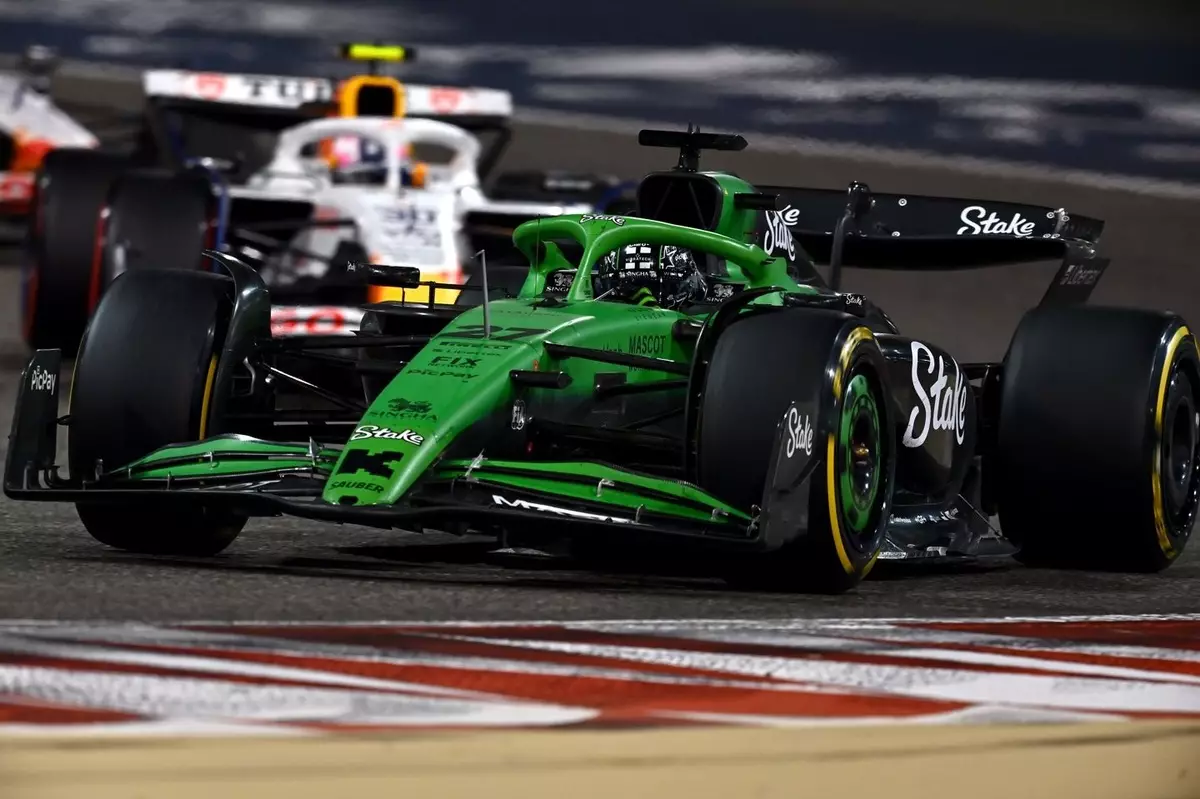The realm of Formula 1 is characterized by high stakes and even higher expectations, particularly for teams like Sauber, which has garnered a reputation for resilience. However, this season, their journey has been riddled with obstacles, raising questions about their current strategy and performance. The latest incident involving Nico Hulkenberg, who faced disqualification after the Bahrain Grand Prix due to a technical infraction, showcases not only a misstep in race execution but also the unpredictable nature of the sport itself. This situation compels one to consider how quickly success can turn into failure and the myriad factors that contribute to that harsh reality.
Hulkenberg’s disqualification stemmed from his vehicle’s skid plank being ground down to 8.4mm, an infringement that directly conflicts with the set minimum of 9mm. This technical breach is more than just a footnote in regulations; it underscores the fragility of competitive positioning in a sport where even minor discrepancies can lead to significant fallout. As Beat Zehnder, the veteran team principal, noted, the challenges presented by the bumpy Bahrain track could have played a role. Yet, his insistence on accountability highlights a critical quality that is sometimes overshadowed in the world of motorsports: the importance of preparation.
The Complexity of Performance Standards
Disqualifications due to technicalities evoke a wave of frustration not only for teams like Sauber but also for fans and stakeholders invested in the race outcomes. The implications of such events ripple through strategies, affecting future performances and altering morale. The fact that this is the second time this season a competitor has faced disqualification for similar reasons calls into question the reliability of the equipment and the precision of measurements. It raises a vital question: How can teams ensure compliance while maintaining performance?
In the case of Sauber, their precarious position became evident when they failed to capitalize on their performances since earning points in the chaotic Australian Grand Prix. With the new tracks leaving them with little room for error, the team faces the pressing need for technical dexterity and innovative problem-solving. If Hulkenberg’s situation exemplifies a lapse in preparation, it also points to a broader need for strategic reevaluation, particularly concerning tire management and aerodynamics, which are crucial given the growing difficulty in overtaking in modern races.
A Focus on Future Challenges
Looking ahead, Sauber’s path to competitiveness hinges on addressing several key areas. Zehnder’s candid acknowledgment of their difficulties—specifically, the necessity to find a few critical tenths of a second—reveals the fine margins that define success in F1. As competition becomes ever fiercer, it’s not merely about pace but the compounded effects of qualifying position, pit strategies, and tire management that dictates the ultimate outcome. Each of these elements feeds into the larger narrative of race strategy and execution, where mistakes carry heavier consequences.
Moreover, the differences between Hulkenberg’s setup and that of his team-mate Gabriel Bortoleto may provide insights into the importance of adaptability and strategy on race day. With the apparent success of a different setup, perhaps the team needs to explore new configurations that can better harness the car’s potential under variable track conditions. The realization that external factors, like circuit conditions and car behavior, play a significant role will force Sauber to continue adjusting its approach.
Learning from Adversity
Every setback in Formula 1 can be an opportunity for learning and growth. The Sauber team has historically shown an ability to innovate and pivot in the face of challenges, and this incident may serve as a catalyst for reflection and improvement. As they delve into understanding what led to the discrepancies in vehicle performance, it is essential for the team to instill a culture of rigorous checking and proactive planning.
As the season progresses, the capacity of Sauber to overcome the trials they face will be tested. Stepping back to evaluate past mistakes and implementing changes will be crucial for not just salvaging their current position in the championship standings, but also for reinvigorating the team’s competitive spirit in future races. The hope remains that while the track may be unforgiving, the lessons learned will prove invaluable in steering Sauber towards a more promising future in Formula 1—a sport where resilience can revive fortunes.


Napsat komentář